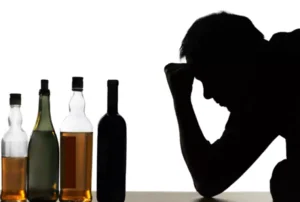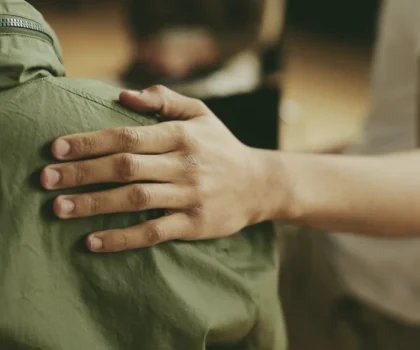Address
304 North Cardinal
St. Dorchester Center, MA 02124
Work Hours
Monday to Friday: 7AM - 7PM
Weekend: 10AM - 5PM
Address
304 North Cardinal
St. Dorchester Center, MA 02124
Work Hours
Monday to Friday: 7AM - 7PM
Weekend: 10AM - 5PM

Do you get a flurry of butterflies in your stomach when you think about work when you’re with your kids? Bricker encourages staying with the feeling before acting on the impulse. No doubt, these warnings may help certain people with PTSD, particularly if they’re in a vulnerable state in that given moment. However, there is some https://ecosoberhouse.com/ debate on whether trigger warnings are ultimately helpful. For instance, if you got into a bad car accident while listening to a certain song or while chewing grape bubble gum, these sensory experiences could become triggers for years to come. However, if avoidance hinders your ability to function, you should seek help.

Triggers are often key events in which PTSD symptoms arise or are noticed. Building and maintaining a strong sober support network is crucial in overcoming triggers during your recovery journey. These are the people who will be there for you, holding you accountable and providing much-needed encouragement when facing moments of vulnerability.
The same applies to other distractions like checking our phones too much, eating junk food, or excessive shopping. Rather than trying to fight the urge, we need new methods to handle intrusive thoughts. In addition, the widespread and casual use of trigger warnings can send the wrong message to the general public. Some people may believe that those who need trigger warnings are weak or incapable of handling stress. One 2020 study suggested that trigger warnings reinforce a survivor’s view of their trauma as central to their identity — something that is counterproductive to the healing process.
Once patients have learned to identify their triggers, a plan of action is necessary to help avoid and anticipate the effects. Specialists often recommend “thought stopping” strategies, the development of refusal skills, and the avoidance of high-risk situations. Addition treatment will help patients learn how best to utilize these strategies while forging their own recovery path. An internal trigger is something going on inside our minds or bodies that promotes the urge to relapse. Whereas external triggers are defined as people, places and things; internal triggers generally fall under hunger, anger, loneliness or fatigue. If you experienced a traumatic event, you likely remember certain sounds, smells, or sights related to that experience.
It is also easy to relapse when you are surrounded by people who are using drugs or alcohol. In order for you to stay safe, it is important to be aware of the potential relapse triggers that are present in group settings and to have a relapse prevention plan in place. As we navigate the complex landscape of internal stress, it’s crucial to recognize that our minds are both the source of our stress and the key to our internal vs external triggers relief. By developing a deeper understanding of our internal stressors and implementing effective coping strategies, we can cultivate greater mental resilience and emotional well-being. Internal stress can manifest in various forms, each with its unique challenges and impacts on our mental health. Understanding these common examples can help us identify and address our own internal stressors more effectively.

However, other cues are more subtle reminders that you might not even notice until after you’ve had a negative reaction. External triggers are situations or objects in your environment, while internal triggers emerge from inside of your own body. However, Mezulis notes that even people without a history of trauma can be triggered when something elicits a strong emotional reaction.
They can also be effective outlets for stress and negative emotions that may have caused you to use in the past. You may want to let your loved ones know what you’re going through and how you plan on coping. When you face triggers, your support system can help you quickly change your environment. Dealing with triggers is one of the most common shared experiences in recovery, and it may feel scary to some. Deciding to get treatment for substance use disorder can be a life-changing decision.
